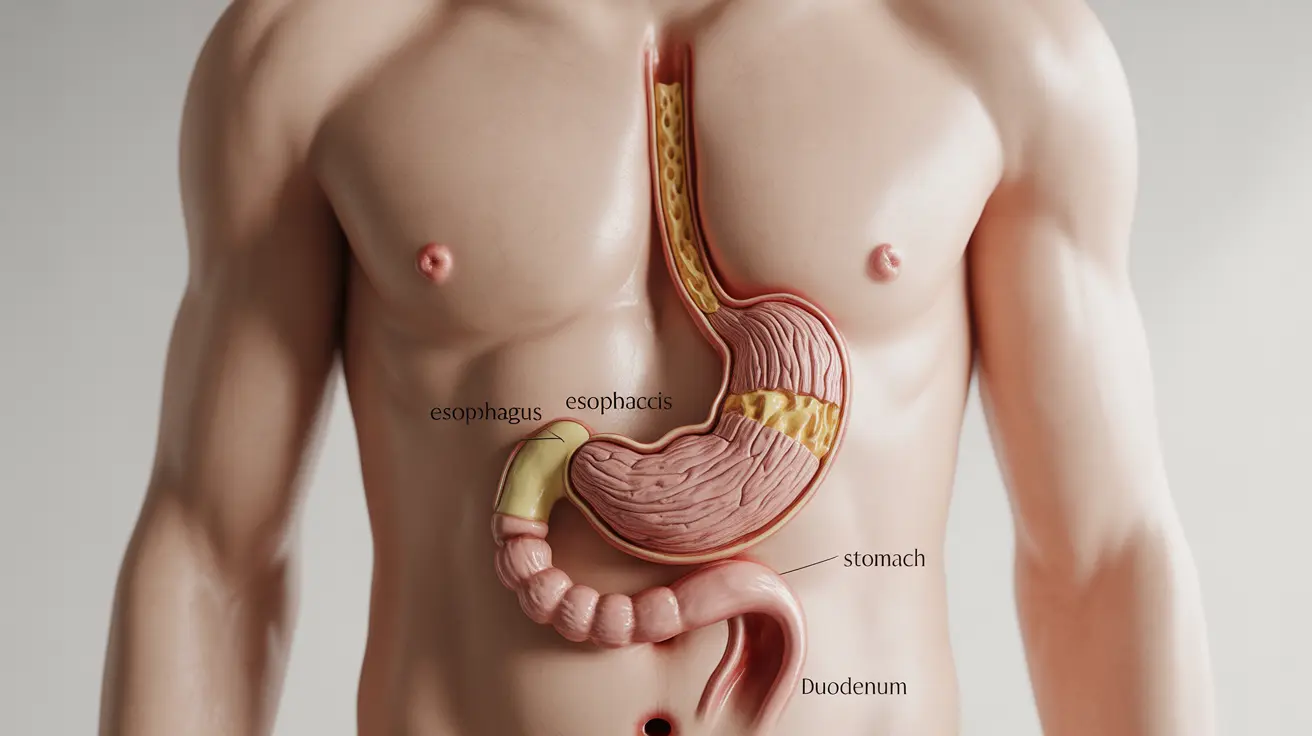Age-related macular degeneration (AMD) is a progressive eye condition that affects millions of older adults worldwide. Understanding the likelihood of vision loss and blindness with this condition is crucial for patients and their families. This comprehensive guide explores the statistics, risk factors, and treatment options available for managing AMD-related vision changes.
Understanding Vision Loss Progression in AMD
AMD exists in two main forms - dry and wet - with each type presenting different risks for vision loss. While not all patients with AMD will experience severe vision impairment, understanding the progression patterns helps in managing expectations and seeking appropriate treatment.
Statistics on Vision Loss in AMD Patients
Research indicates that approximately 10-15% of individuals with AMD experience significant vision loss. However, the risk varies considerably depending on the type of AMD and access to early treatment. Advanced cases of wet AMD tend to progress more rapidly, while dry AMD typically advances more slowly over several years.
Wet vs. Dry AMD: Impact on Vision
Wet AMD, though less common than the dry form, accounts for approximately 90% of severe vision loss cases related to macular degeneration. This form develops when abnormal blood vessels grow beneath the retina, potentially leading to rapid vision deterioration if left untreated.
Understanding Central Vision Loss
Both forms of AMD primarily affect central vision, which is essential for activities like reading, driving, and recognizing faces. Peripheral vision typically remains intact, allowing patients to maintain some degree of independence even with advanced disease.
Risk Factors for Advanced AMD
Several factors can increase the likelihood of developing advanced AMD and experiencing vision loss:
- Age (particularly over 60 years)
- Family history of AMD
- Smoking
- High blood pressure
- Poor diet lacking in antioxidants
- Obesity
- Prolonged sun exposure
Treatment Options and Vision Preservation
Modern treatment approaches have significantly improved the outlook for AMD patients. For wet AMD, anti-VEGF injections can help stabilize or even improve vision when administered early. While dry AMD has fewer treatment options, nutritional supplements and lifestyle modifications can help slow progression.
Preventive Measures
Taking proactive steps can help reduce the risk of vision loss:
- Regular eye examinations
- Smoking cessation
- Maintaining a healthy diet rich in leafy greens
- Protection from UV exposure
- Blood pressure management
- Regular exercise
Frequently Asked Questions
What percentage of age-related macular degeneration patients go legally blind?
Approximately 10-15% of AMD patients experience severe vision loss or legal blindness. The risk is significantly higher for those with untreated wet AMD compared to those with dry AMD or those receiving proper treatment.
How does wet macular degeneration contribute to vision loss compared to dry AMD?
Wet AMD, while less common, is responsible for about 90% of severe vision loss cases. It progresses more rapidly than dry AMD due to abnormal blood vessel growth and potential bleeding under the retina.
Can age-related macular degeneration cause total blindness or only central vision loss?
AMD typically causes central vision loss while preserving peripheral vision. Complete blindness is rare, as the condition primarily affects the macula, leaving peripheral vision intact in most cases.
What are the risk factors that increase the likelihood of advanced AMD and vision loss?
Key risk factors include advanced age, family history, smoking, high blood pressure, poor nutrition, obesity, and excessive sun exposure. Some of these factors can be modified through lifestyle changes.
What treatments are available to slow or prevent blindness in patients with wet and dry AMD?
Wet AMD can be treated with anti-VEGF injections, while dry AMD management focuses on nutritional supplements and lifestyle modifications. Regular monitoring and early intervention are crucial for both forms to preserve vision.




